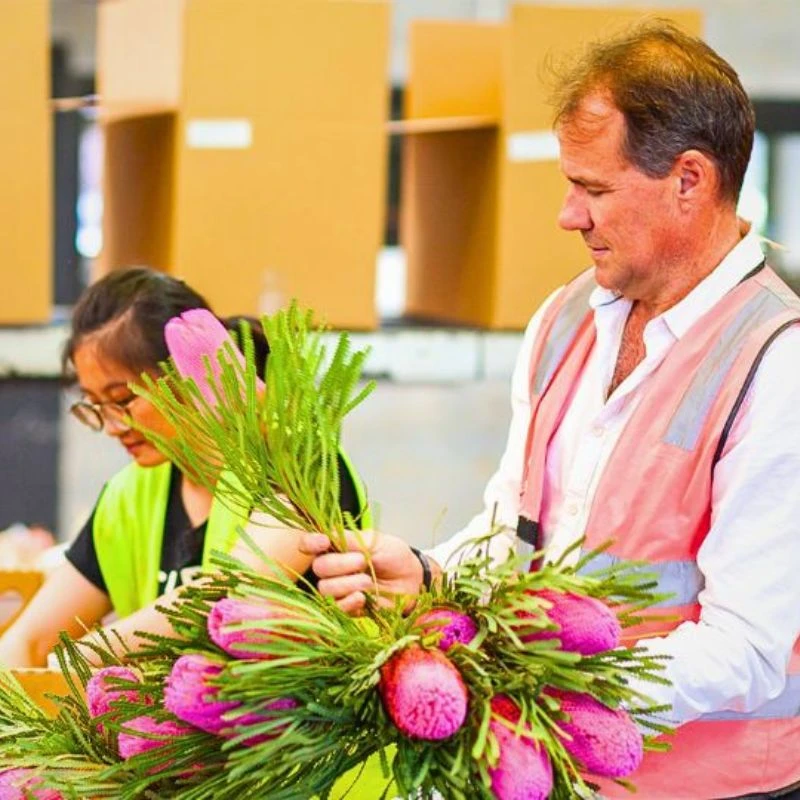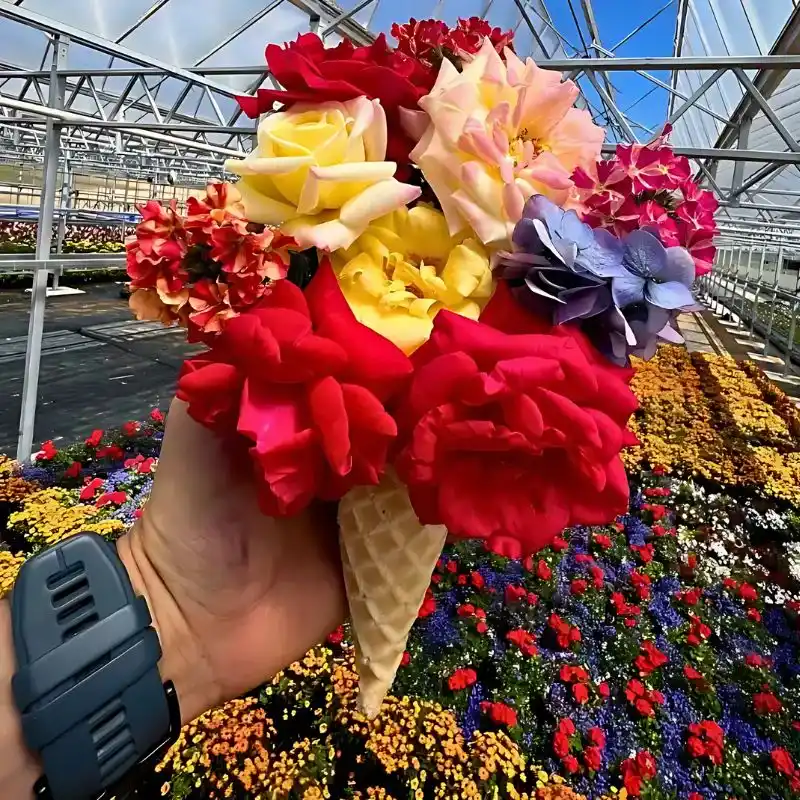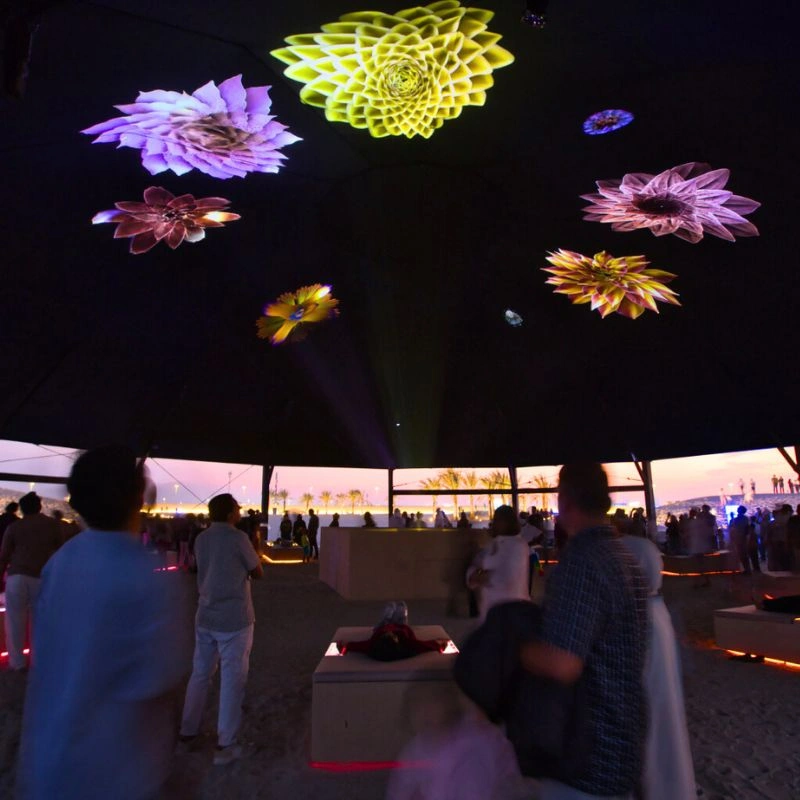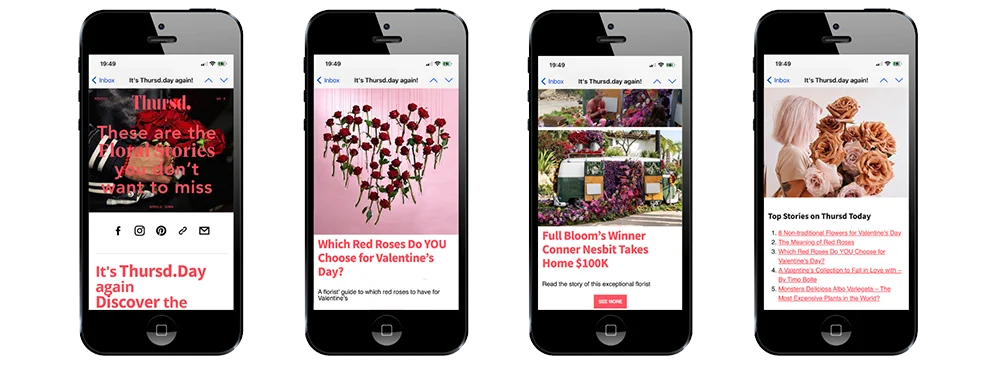In the heart of a greenhouse in the Netherlands, orchids bloom under precisely tuned LED lighting, their soil moisture checked every hour by wireless sensors. Thousands of kilometers away, a grower in Kenya tracks temperature shifts in real time as his roses travel to Europe. None of this requires a single Wi-Fi connection or physical SIM card. This is the new face of floriculture—fueled, in part, by something as compact as an eSIM.
Floriculture has always danced between nature and human control. But as the demand for year-round blooms, sustainable growing, and global flower exports rises, the industry is leaning harder into technology. At the center of this transformation is the eSIM—a tiny embedded chip that connects devices to mobile networks without needing a physical SIM card. It may not look like much, but in a world where connectivity equals control, it’s becoming indispensable.
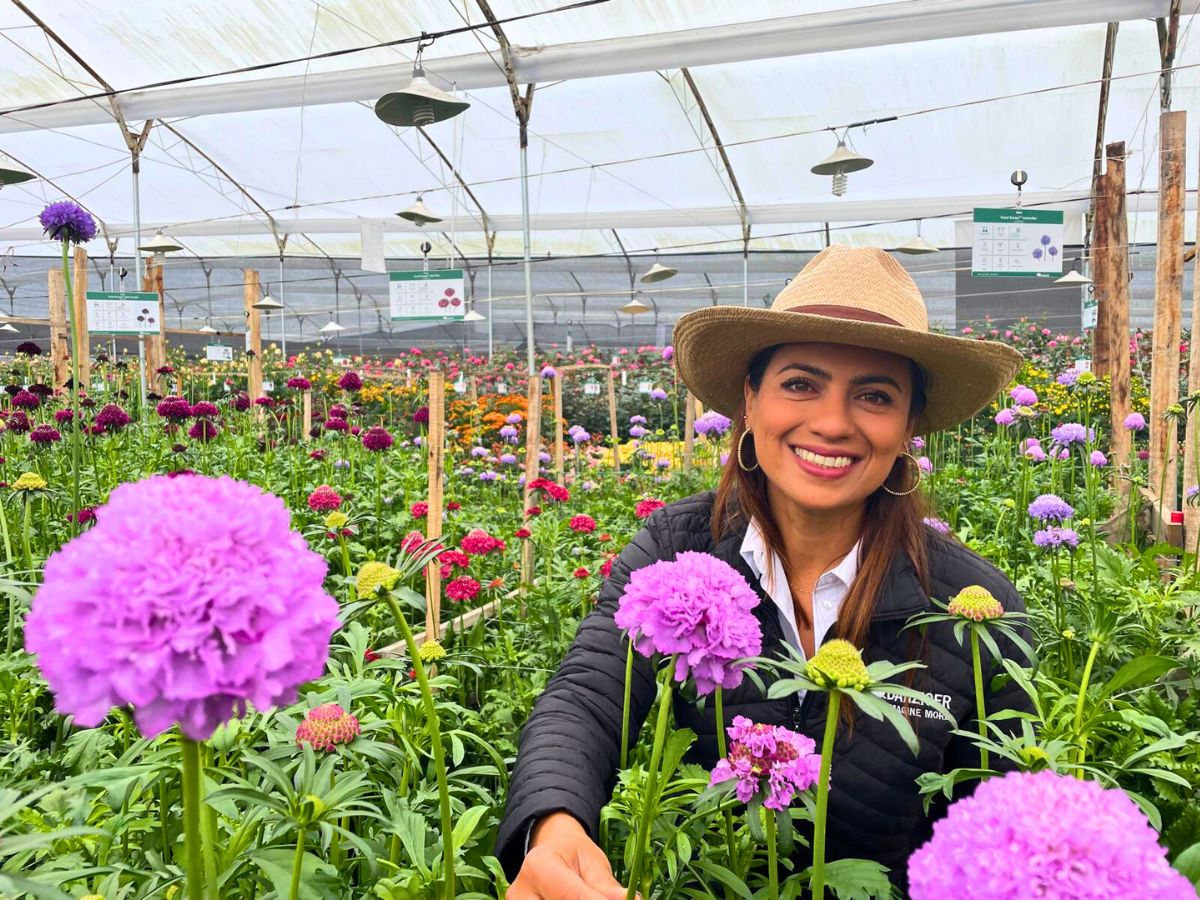
One example that shows how far things have come is eSIM Plus, a platform that provides global eSIM connectivity for IoT devices. It's not just used in phones or tablets anymore. In high-tech greenhouses, sensors and control units are using eSIM Plus and similar providers to operate independently of local Wi-Fi networks, giving growers real-time data from virtually anywhere. This allows them to respond to changes in temperature, humidity, or soil pH before it becomes a problem—no matter where they are in the world.
Farming Flowers, the Smart Way
Smart agriculture has made waves in food production, but its roots have spread into flower farming too. Sensors embedded in soil, climate-control systems, and even automated irrigation are now part of daily operations for many growers. These devices all require one thing: reliable, uninterrupted connectivity. And that’s where eSIM comes in.
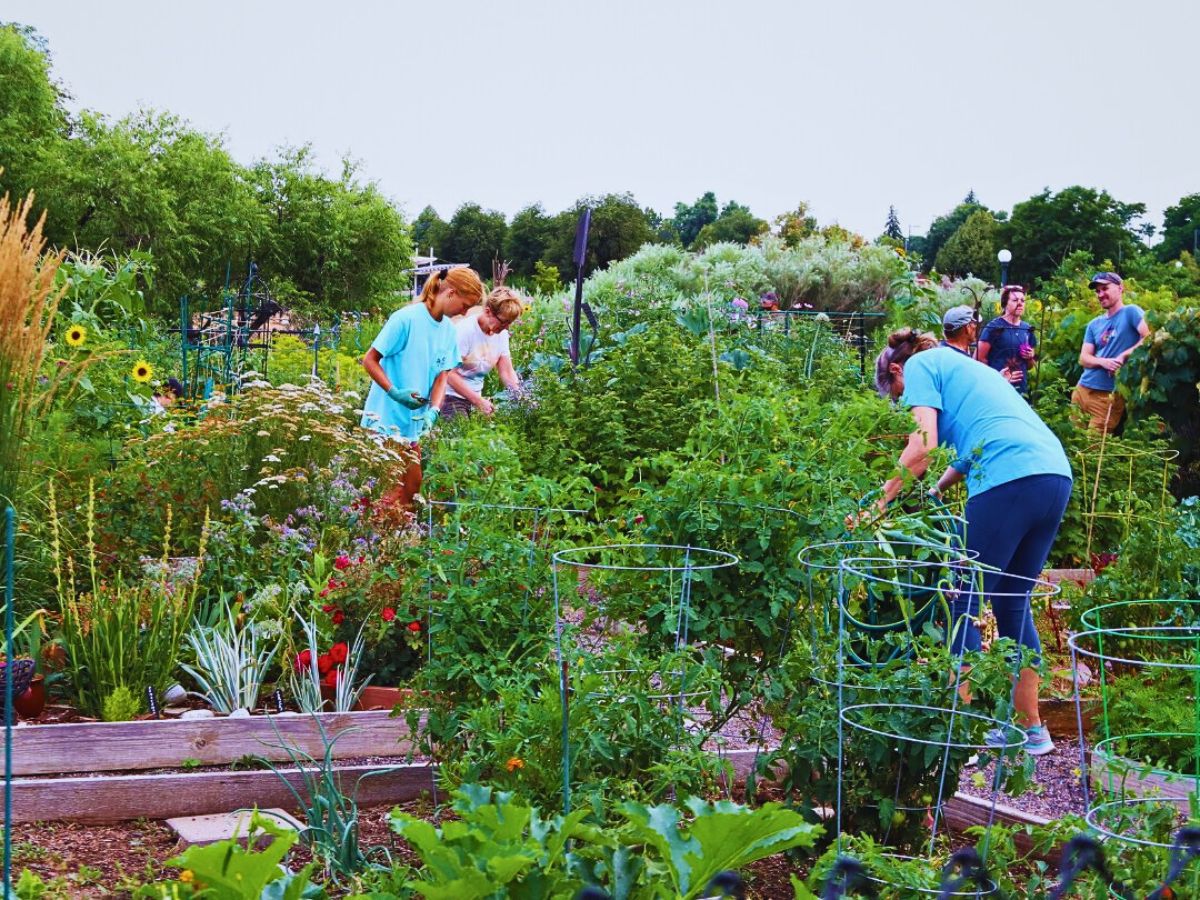
Traditional SIM cards limit devices to specific carriers and regions. They also require manual swapping, which isn’t practical when you’re deploying thousands of devices across multiple continents. eSIMs remove this friction. With one embedded chip, devices can switch between networks, access international coverage, and stay online regardless of location. For large exporters, this is a game-changer.
Imagine a cold chain logistics provider transporting tulips from the Netherlands to New York. Sensors inside each refrigerated container, equipped with eSIM connectivity, can continuously monitor and transmit temperature and humidity data en route. If something goes wrong, alerts go out instantly—giving growers, shippers, or florists a chance to take action before flowers wilt or suffer damage.
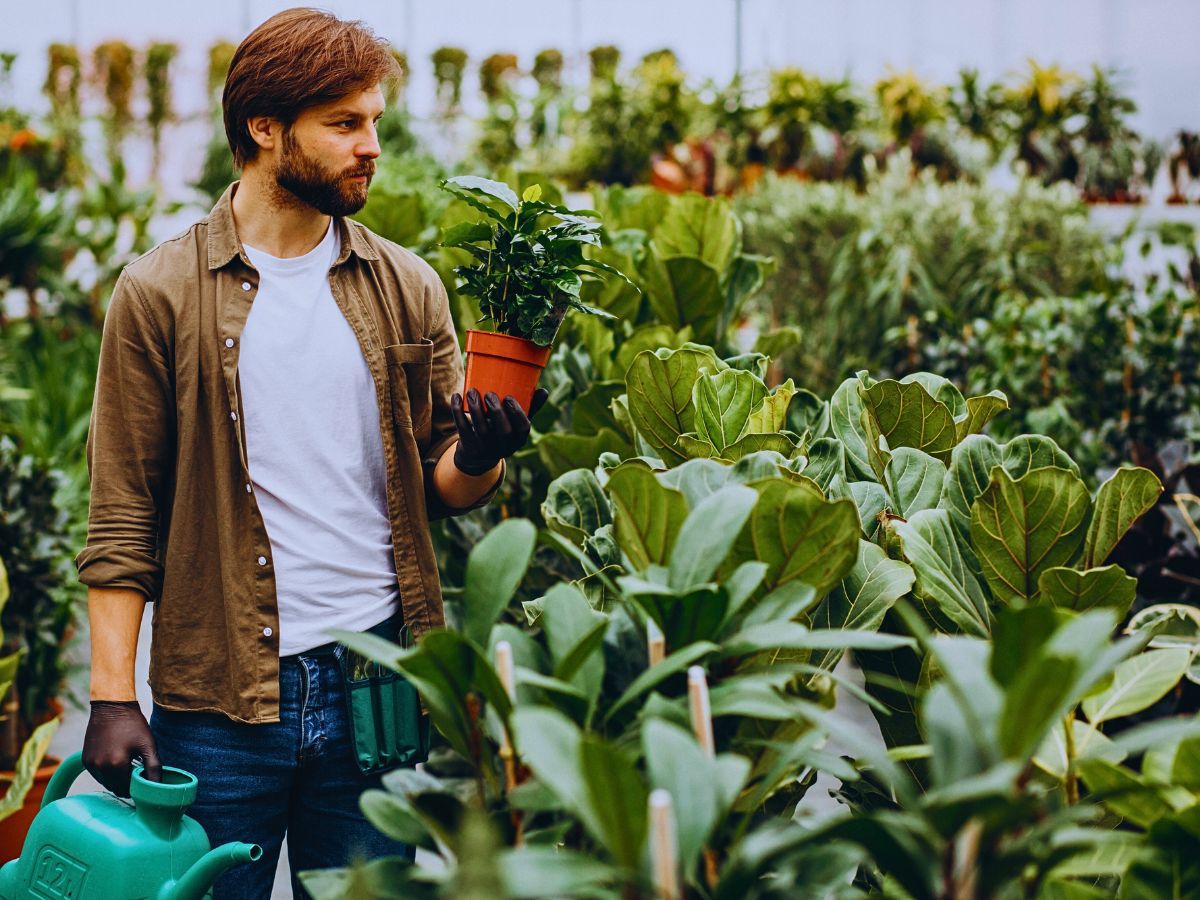
Connecting the Global Floriculture Supply Chain
The floriculture industry operates on tight margins and even tighter timelines. A few hours of delay or a spike in temperature can wipe out an entire shipment’s value. eSIM-powered devices allow growers and distributors to monitor shipments in real time, right down to the microclimate inside a single box.
This has implications not just for logistics, but also for transparency and sustainability. Buyers and consumers increasingly want to know where their flowers come from and how they were grown. With eSIM-enabled tracking and monitoring, growers can offer data-backed proof of their practices. This creates trust and opens up new opportunities for certifications, eco-labels, and premium pricing.

In East Africa, where cut flowers are a major export, some growers are already using eSIM-enabled IoT systems to track environmental data, water use, and pesticide application. With connectivity no longer tethered to urban infrastructure, even remote farms can plug into the digital supply chain. The result? Greater efficiency, better yields, and more sustainable practices—all while keeping flowers thriving in some of the most demanding growing environments on Earth.
From Greenhouses to Floral Art
It’s not just the growers who stand to benefit. Designers, florists, and event planners are exploring the creative edge of smart floriculture. In large-scale installations, some designers are incorporating interactive tech—like lighting or scent modules—into their arrangements. These systems, often controlled remotely or via an app, rely on stable mobile connectivity. eSIMs make that possible without needing a venue’s Wi-Fi or a local SIM.
At flower shows and international exhibitions, installations powered by eSIM-connected devices are popping up more frequently. Some are temperature-sensitive, others react to sound or touch. The technology enables flexibility and imagination—two qualities that sit at the core of floral design.
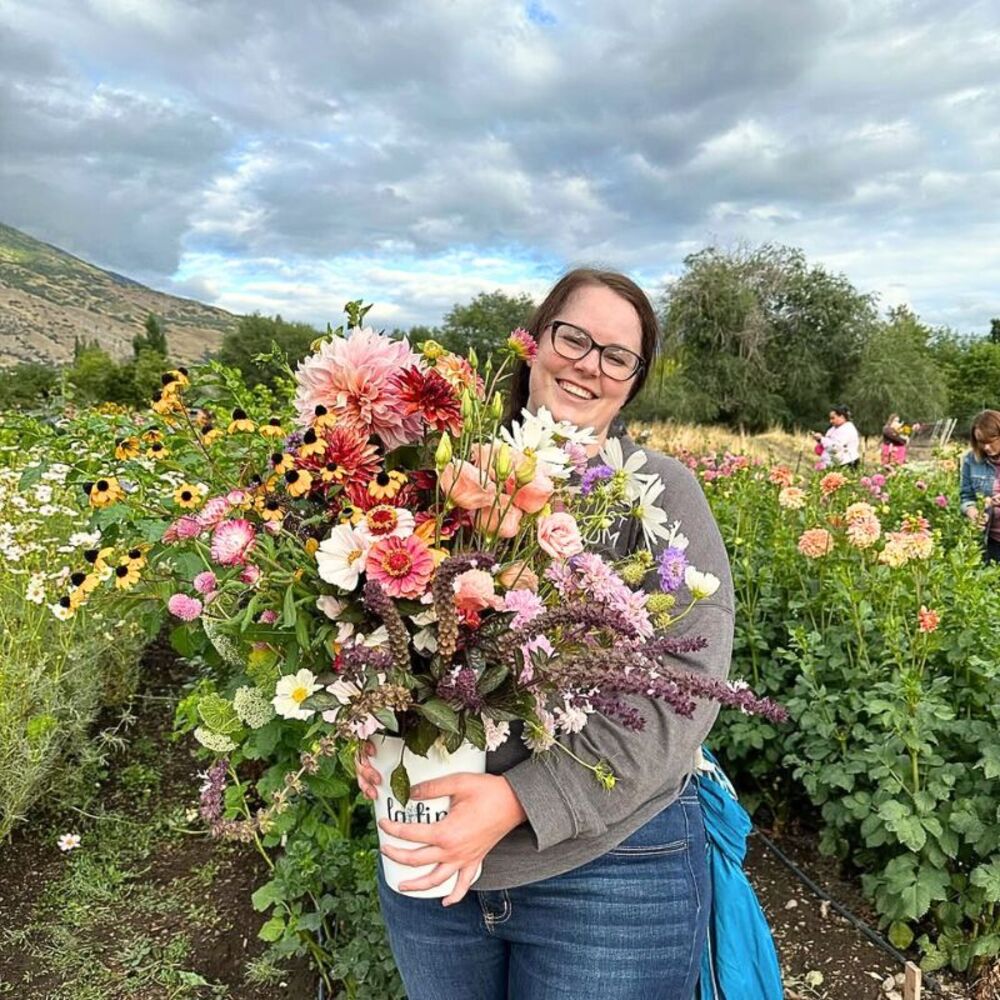
A Natural Fit for the Future
The irony of it all is hard to miss: the key to mastering nature in floriculture might lie in a piece of tech so small it can’t be seen with the naked eye. But the impact of eSIM is real, and it's already shaping how we grow, transport, and experience flowers.
Of course, eSIM isn’t a silver bullet. It’s part of a larger shift toward digitization in agriculture and horticulture—alongside AI, machine learning, and big data. But in a field that’s inherently global and perishable, the value of having secure, flexible, and location-independent connectivity can’t be overstated.
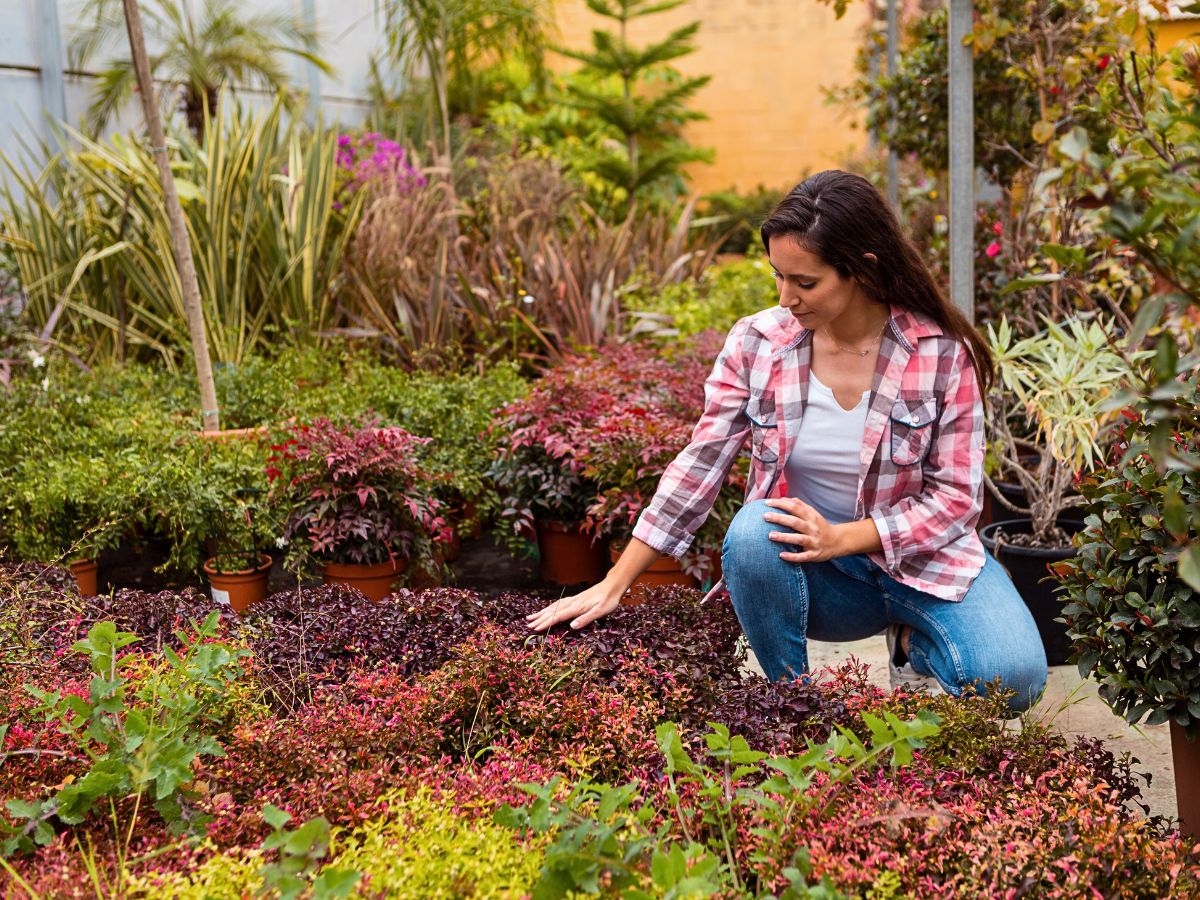
There’s still room for growth. As 5G networks expand and more countries embrace IoT-friendly policies, the reach of eSIM technology will deepen. What’s happening now in elite greenhouses and major farms could soon be available to smallholders and boutique growers. And when that happens, the entire floriculture ecosystem—from growers to designers—will be able to flourish with greater precision, sustainability, and resilience.
So the next time you see a perfectly fresh peony arrangement flown in from halfway across the world, consider this: behind that bloom might be a sensor, a data dashboard, and a tiny eSIM working quietly to keep it perfect.


